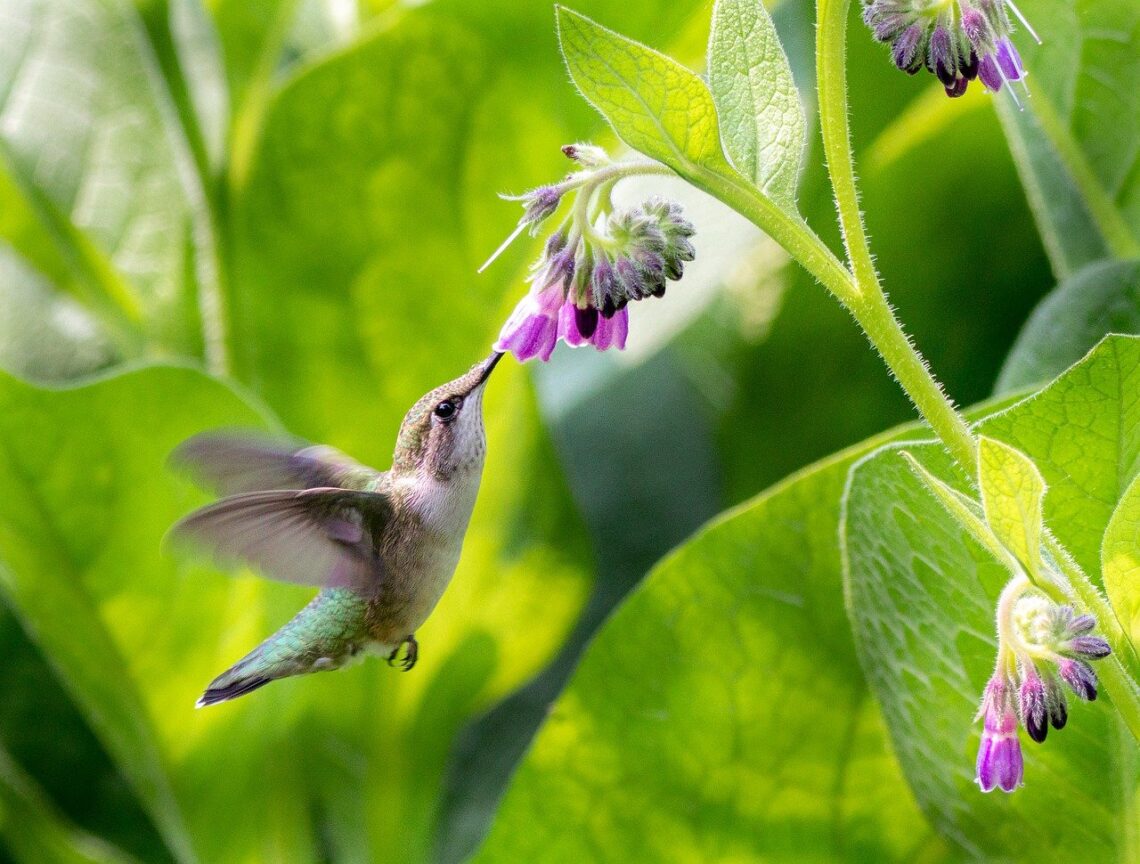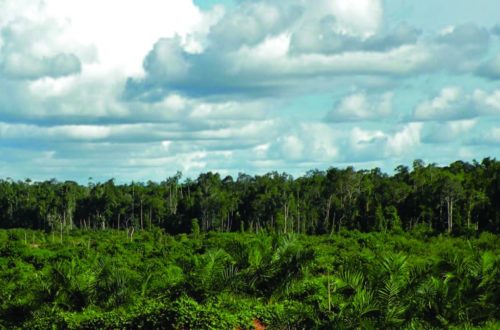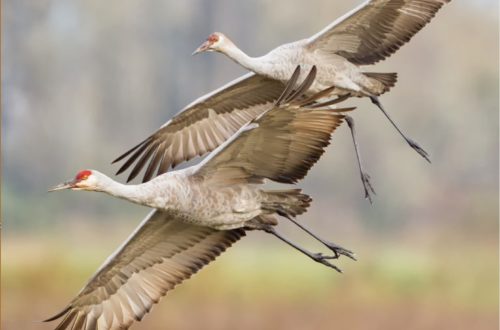Hummingbirds and How You Can Support Them
Who of us have not marveled at the tiny hummingbirds who inhabit, or at least visit, our gardens? Weighing less than a nickel, they can travel at 33 miles per hour, beat their wings from 720 to 5400 times a minute when hovering, and eat their weight (or more) in food every day. John James Audubon recorded human feeding of hummingbirds in his book “Birds of America 1840-1844” and by 1950, commercial bird feeders were available. Thousands of feeders are sold each year worldwide.
But, are we really doing them any favors by placing sugar water in safe, cool areas? It is true that they can digest both sucrose and fructose, elements of granulated sugar. We may not be doing the right thing by providing this food source–with or without added red food coloring (which is unnecessary since they have excellent memories about where they found it and don’t need visual reminders).
It is thought that the species began its body modification through evolution over 22 million years ago, adapting to the thousands of flowering plant species in South America, which some hummingbird varieties still call “home.” They have developed flat tongues that are split (forked) at the end, and they scoop up fluids on the tongue and return it to their mouths—about 13 times per second! But they get 80% of their nutrients by eating such insects “as ants, aphids, fruit flies, gnats, weevils, beetles, mites, and mosquitoes. They also raid spider webs to grab a quick spider meal and any hapless insects trapped there.”
A recent study by a UC Davis team found that (1) the sugar water contains bacteria and fungi, brought back to the feeder by the birds themselves: (2) bacteria and fungi found naturally in the nectar of flowers are less harmful to birds, and (3) placing over-ripe bananas in an accessible place can attract the insects that these birds need for food. And, if you really want to help keep them hydrated in the warm seasons, plant a wide variety of flowering plants that are perennial (long-lived) and have deep-throated flowers with orange or red colors.
However, if you still want to see them feeding outside the window, be sure to clean the feeders and change the water every 2 to 3 days to prevent the buildup of diseases that may harm them. Food for thought. Or thought for food. For more information, see:
Hummingbird Health and Conservation Program School of Veterinary Medicine – Interesting Facts on Hummingbirds University of California Davis
Attracting Hummingbirds to Your Yard Cornell University History of Hummingbirds – Hummingbirds Plus
Kristena LaMar has been a Master Gardener (and Master Recycler) since 2013. She is a speaker with the Clackamas County Speaker’s Guild, and a member of the Extension Ask an Expert panel. She is also a lawyer and a retired judge.






